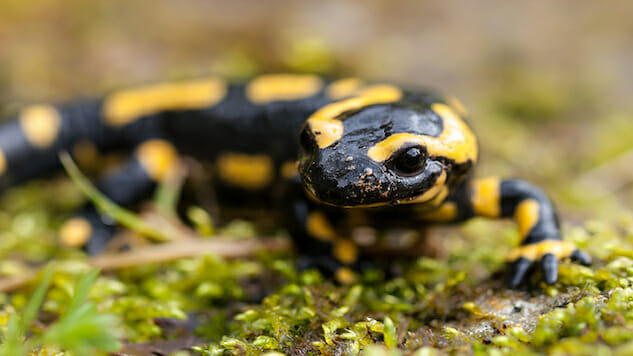Deadly Fungus Puts Salamanders in Danger

A deadly fungus plaguing the fire salamander, Europe’s largest and most well-known salamander species, is responsible for wiping out an entire population in Belgium.
Originally, researchers were hopeful that the salamander would be able to develop immunity to the fungus, but studies have shown that this is not the case. The pathogen, Batrachochytrium salamandrivorans (Bsal), is a chytrid fungus that thrives in damp or wet environments and consumes dead organic material.
-

-

-

-

-

-

-

-

-

-

-

-

-

-

-

-

-

-

-

-

-

-

-

-

-

-

-

-

-

-

-

-

-

-

-

-

-

-

-

-








































